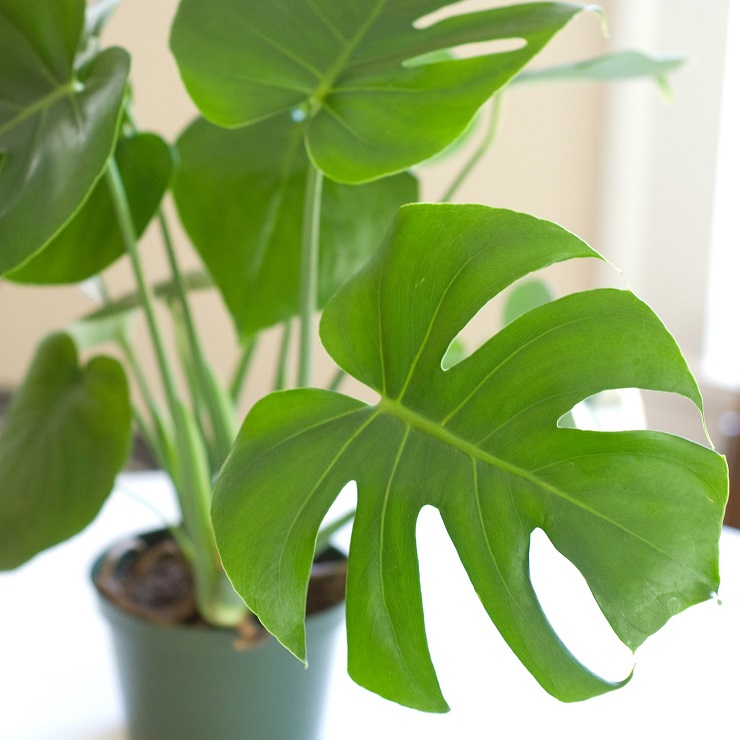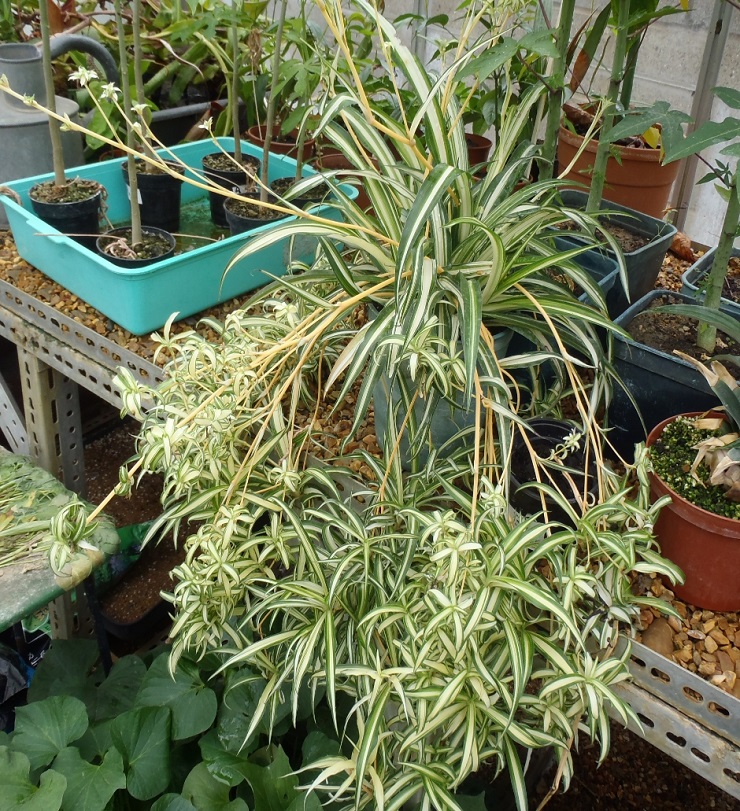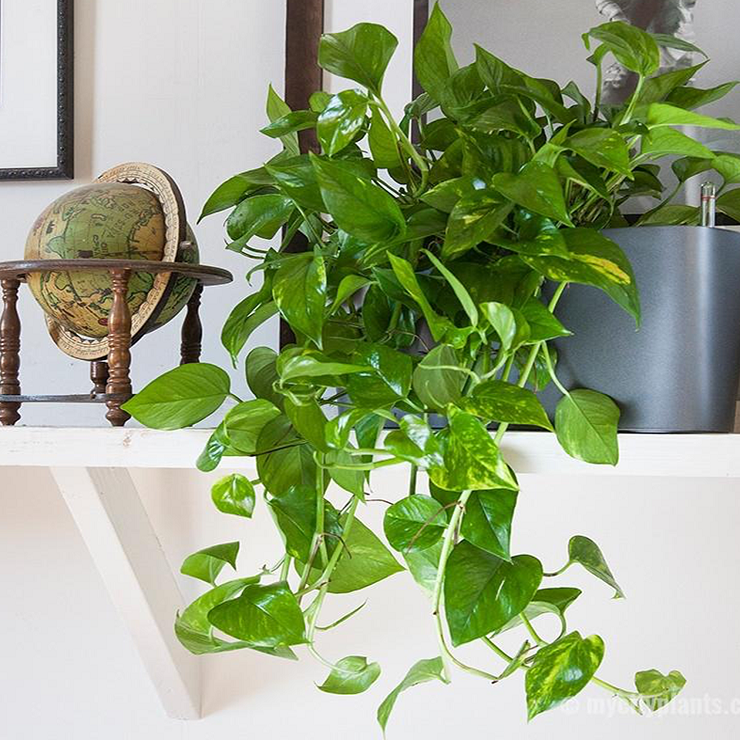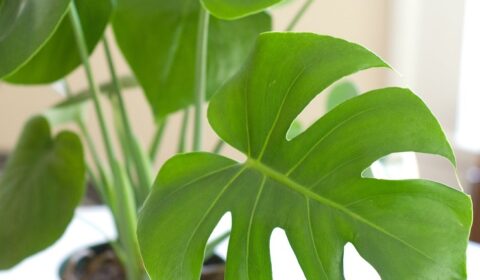HOUSE PLANTS MAKE HOUSE FEEL FRIENDLY, ALIVE — AND ARE EASY TO KEEP WITH A LITTLE CARE
Nancy Thompson
Do you talk to your house plants? I do and they are starting to answer back — with droopy leaves and a lack lustre appearance.
Now is time to give them a little extra TLC (tender loving care).
Our inside plants start to grow as the days get longer. It is now that they need a bit more water and an extra shot of liquid fertilizer.
Do turn the plants every few days to help keep their shape. Wipe the leaves down with a soft cloth dipped in a bit of warm water or milk and do check for mealy bugs or spiders and deal with them.
Houseplants make a house feel friendly and alive — and are easy to keep with a little care.

They also help purify our air by using carbon dioxide and expelling oxygen. According to a NASA study many common plants provide a natural way of removing toxic agents such as benzene, formaldehyde and trichloroethylene (from glues, furnishings) from our air.
The very best and easiest to grow are spider plants, Chlorophytum comosum. A native of southern Africa, they are one of the easiest houseplants to care for. Moderate light, moderate temperature and a bit of fertilizer every month or so is all that is needed. These plants grow quickly and produce a great many ‘babies’ or ‘plantlets,’ which can be left with the large plant or cut off and planted for more plants (for gifts/plant sales etc.)
There are many types of spider plants on the market.

“Vittatum” was the first cultivar and most common until the 1990s. It has green leaves with a white strip down the middle. A later variety is “variegatium” has white strips down the outside of the green leaves. A fun one is the “Bonnie” which has leaves that curl and bend.
Philodendron is another great choice for indoor areas. They are also first rate at cleaning our air of toxins which the plant, basically inhales and changes to plant food via enzymes in their roots. Many have intricate patterns of holes in their leaves — partly to help stop insect eating them and partly to allow rain water to get to the roots. A native of South America, the most popular varieties now are the most variegated.
There are those of us who have always had house plants and who bring in our geraniums, fig trees, begonias, ferns and such for the winter. There are also avid collectors of unique and often very expensive plants. Collectors who are looking for a ‘unicorn’ plant to show off. (One that is unique and different from what anyone else may have.)
The house plant industry is pretty much run by self-taught 20-40-year-olds with a strong social media presence and a network of collectors.
The tropical plant movement is also growing world wide.
In Canada in 2019 sales of potted plants was $852.97 million.
Many of our Hort members have extra spider plants for the asking. Visit us on Facebook at Bracebridge Gardener
Happy horticulture, Nancy.

Nancy Thompson is with the Bracebridge Horticultural Societies, which has meetings in the Centre for Active Living on the fourth Tuesday of the month. She is also a member of the Gravenhurst Horticultural Society, which meets the third Tuesday of the month at the Gravenhurst Seniors’ Active Living Centre.
